Why Your Rose Hair Tarantula Won’t Eat
Owning a rose hair tarantula can be a rewarding experience, but it can also bring moments of worry, especially when your eight-legged friend refuses its meal. A tarantula’s reluctance to eat is a common concern among pet owners, and it’s often triggered by a variety of factors. Understanding these reasons is the first step in addressing the issue and ensuring your tarantula’s well-being. This guide delves into the top five reasons why your rose hair tarantula might not be eating, offering insights and practical solutions to help you navigate this common challenge. By recognizing the potential causes, you can provide the best care and support for your pet, promoting its health and happiness. Let’s explore the key factors that influence a rose hair tarantula’s appetite and learn how to encourage a healthy feeding routine. It’s essential to remember that tarantulas, being solitary creatures, have unique needs, and understanding these can make all the difference in their care.
Temperature and Humidity for Rose Hair Tarantulas
Maintaining the correct environmental conditions is crucial for the health and appetite of your rose hair tarantula. These spiders are ectothermic, meaning they rely on external sources to regulate their body temperature. Both temperature and humidity play vital roles in their metabolism, molting process, and overall well-being. An environment that is too cold or too dry can significantly impact their willingness to eat. Ensuring the proper temperature and humidity levels not only encourages feeding but also supports the spider’s natural behaviors and longevity. Regularly monitoring and adjusting these parameters are key to creating an optimal habitat for your rose hair tarantula, contributing to its health and vitality.
Correct Temperature Range
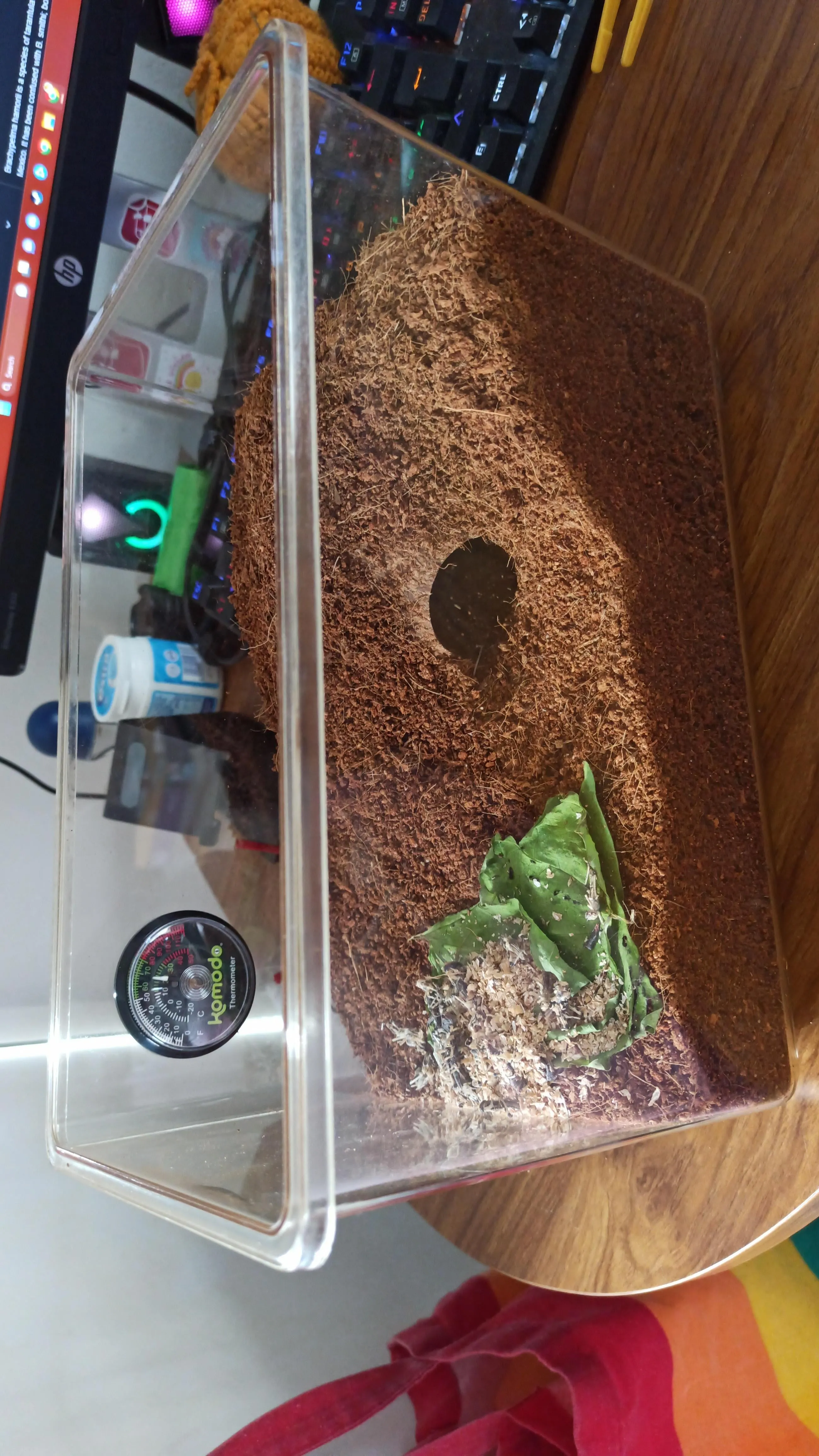
Rose hair tarantulas thrive within a specific temperature range. The ideal temperature for these spiders is between 75°F to 85°F (24°C to 29°C). Maintaining this temperature is essential for their metabolic processes, including digestion and energy expenditure. If the temperature drops below this range, the tarantula’s metabolism slows down, which can lead to a decrease in appetite. Similarly, excessive heat can also be detrimental, potentially causing dehydration and stress. Using a reliable thermometer to monitor the enclosure’s temperature is highly recommended. If necessary, use a low-wattage heat source, such as a heat mat placed on the side of the enclosure (never directly underneath), to maintain the desired temperature range. Avoid direct sunlight, which can cause overheating.
Humidity Level for Rose Hair Tarantulas
Humidity is another critical factor influencing your rose hair tarantula’s well-being. The recommended humidity level for these spiders is typically between 60% to 70%. This level supports their respiratory function and aids in successful molting. Low humidity can lead to dehydration, making it difficult for the tarantula to shed its exoskeleton properly, which can, in turn, affect its appetite. To maintain the correct humidity, you can mist the enclosure with dechlorinated water a few times a week, depending on your local climate. Also, a shallow water dish in the enclosure helps maintain humidity. Regularly monitor the humidity level with a hygrometer, and adjust your misting schedule accordingly. Ensure proper ventilation in the enclosure to prevent mold growth while maintaining adequate humidity.
Molting and Fasting
Molting is a natural and essential process for tarantulas, during which they shed their exoskeleton to grow. This process can significantly impact their feeding habits. Recognizing the signs of an upcoming molt and understanding how it affects their appetite is essential for providing appropriate care. During this period, it’s crucial to avoid disturbing the tarantula and to create an environment that supports the molting process. The fasting period can last from a few weeks to several months, depending on the spider’s age and health. Patience and observation are key during this time.
Signs of an Upcoming Molt
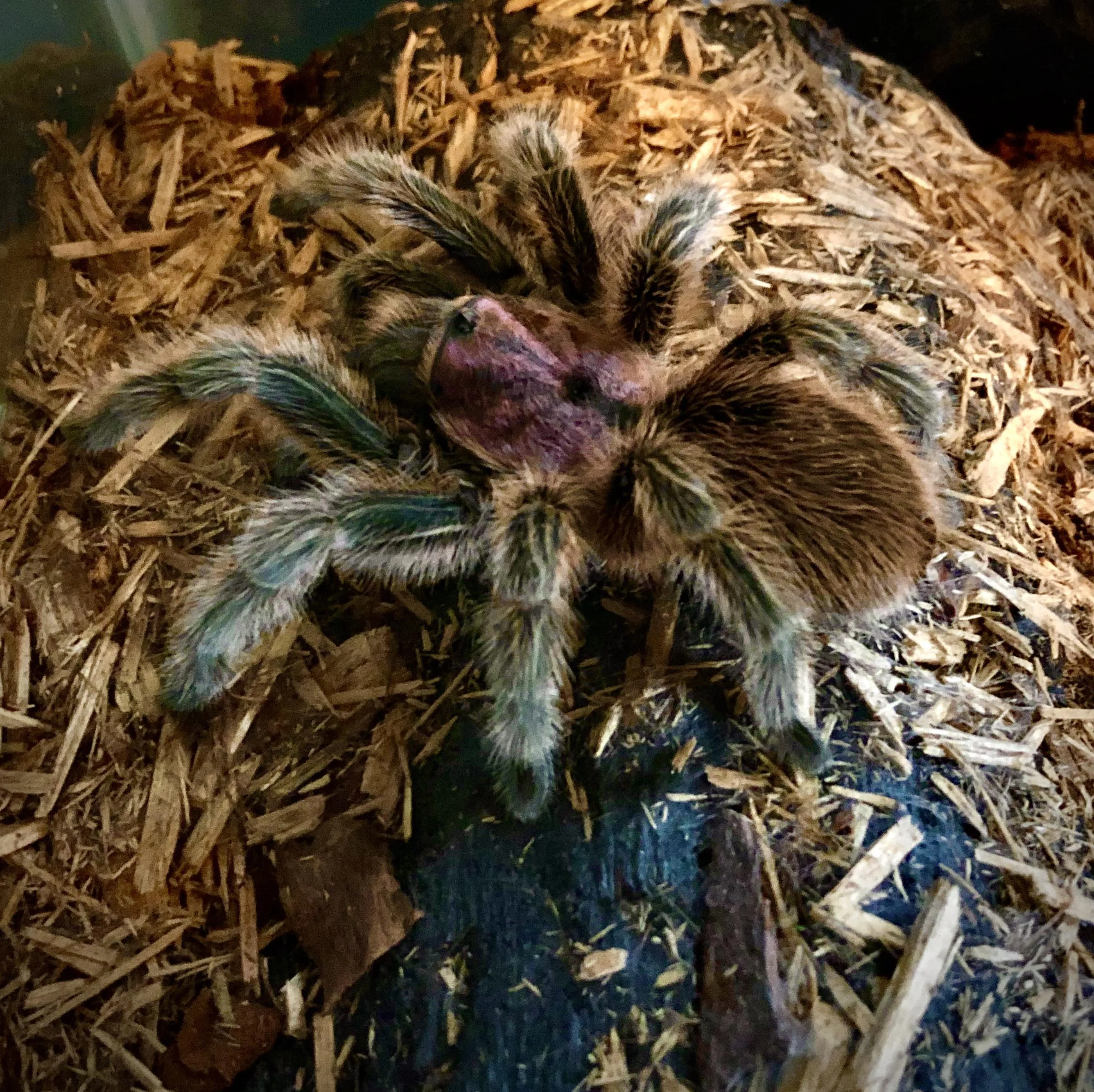
Several signs can indicate that your rose hair tarantula is preparing to molt. One of the most noticeable signs is a change in the spider’s appearance; the abdomen may appear darker, and the skin between the segments might look stretched or thin. The tarantula may also become less active and spend more time in its burrow or hiding spot. They may refuse food for several weeks or months before the molt. Some tarantulas may also create a web mat to rest on, or they might seal off their burrow. Observing these behaviors helps you anticipate the molt and adjust your care accordingly. Avoid handling the tarantula during this period and provide a safe, undisturbed environment.
What to Do During Molting
During the molting process, it’s vital to provide a stress-free environment. Ensure that the enclosure is well-humidified, as this helps the tarantula shed its old exoskeleton. Avoid disturbing the spider by reducing any handling or enclosure maintenance. Do not offer food during molting, as the tarantula will not eat and attempting to do so can stress the spider. After the molt, the tarantula’s fangs will be soft. Wait a few days or up to a week before offering food, allowing the fangs to harden properly. Observe the tarantula’s behavior; a healthy spider will typically resume eating a week after molting.
Prey and Feeding Issues
The type, size, and frequency of feeding can significantly affect your rose hair tarantula’s appetite. Providing the right prey and ensuring a balanced diet are essential for the spider’s health and vitality. Feeding issues can arise if the prey is unsuitable, too large, or if the feeding schedule is inconsistent. Understanding these factors helps you create a feeding plan that meets your tarantula’s nutritional needs and encourages a healthy appetite. Regularly assess the prey you offer and adjust your feeding strategies based on your tarantula’s preferences and growth stage. A well-fed tarantula is more likely to thrive and exhibit its natural behaviors.
Prey Size and Type
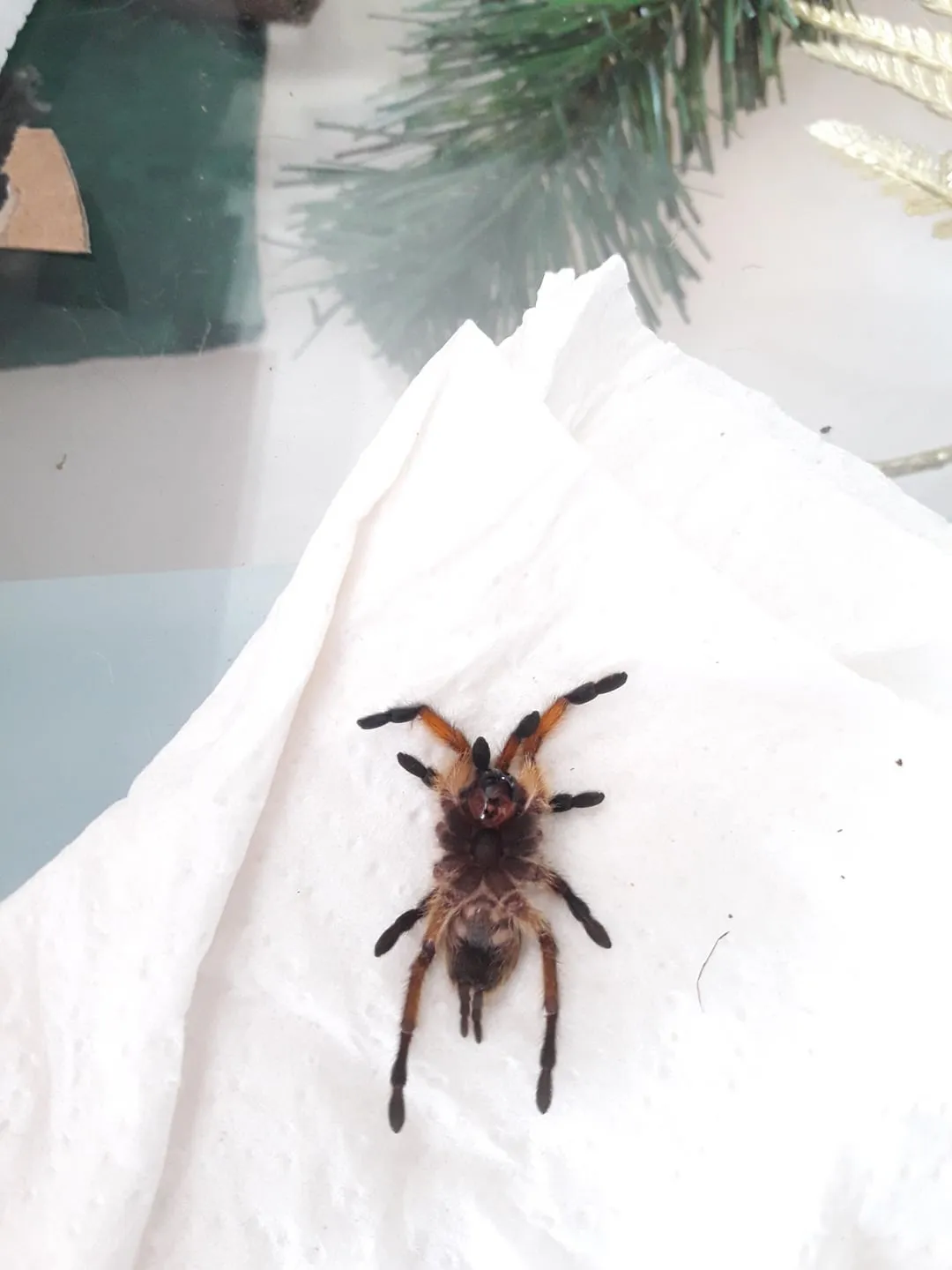
The size and type of prey should be appropriate for your tarantula. As a general rule, prey should be no larger than the tarantula’s body. Overly large prey can stress the spider, and it may refuse to eat them. Common prey items include crickets, mealworms, and roaches. Varying the type of prey provides a more balanced diet and can prevent your tarantula from becoming bored with its food. Before offering prey, ensure that they are gut-loaded, which means they are fed a nutritious diet themselves. This will help ensure that your tarantula receives essential nutrients. Avoid feeding wild-caught insects, as they may carry parasites or pesticides that could harm your pet.
Frequency of Feeding
The feeding frequency depends on the tarantula’s age and growth rate. Juvenile tarantulas require more frequent feedings than adults, usually two to three times per week. Adult rose hair tarantulas can be fed once or twice a week, or even less often. Overfeeding can lead to obesity and other health problems, while underfeeding can cause malnutrition. Observe your tarantula’s behavior and adjust the feeding schedule accordingly. If the tarantula consistently refuses food, reduce the frequency or try offering a different type of prey. Remove any uneaten prey within 24 hours to maintain a clean enclosure. Adjust the feeding schedule to align with the tarantula’s molting cycle, reducing or stopping feedings before the molt.
Stress and Environmental Factors
Stress and environmental factors can significantly impact a rose hair tarantula’s feeding habits. These spiders are sensitive to changes in their environment, and stressors can suppress their appetite. Identifying and minimizing potential stressors is crucial for encouraging healthy eating behaviors. Creating a stable and secure habitat that mimics their natural environment can go a long way in reducing stress. Regular observation and a keen understanding of their needs will help you maintain a happy and healthy tarantula.
Habitat and Enclosure

The enclosure should provide a secure and comfortable environment for your tarantula. Choose an enclosure of the appropriate size, with enough space for the spider to move around without feeling exposed. The enclosure should have a substrate that allows the spider to burrow or hide, such as a mix of coconut fiber, peat moss, and vermiculite. Provide hiding places, such as cork bark or artificial plants, where the tarantula can feel secure. Ensure the enclosure is well-ventilated, but also maintain the correct humidity levels. A poorly designed or unsuitable enclosure can cause stress, making your tarantula less likely to eat. Regularly clean the enclosure to maintain hygiene.
Handling and Disturbances
Excessive handling can stress a rose hair tarantula, potentially causing it to stop eating. These spiders are generally not meant to be handled frequently. Avoid unnecessary handling, and allow the tarantula to acclimate to its enclosure. Keep the enclosure in a quiet area, away from loud noises, vibrations, or sudden movements. Minimize disturbances, such as knocking on the enclosure or moving it frequently. Stress from handling or disturbances can disrupt the tarantula’s feeding schedule, so it’s important to prioritize a calm and stable environment. Observe your tarantula’s behavior to assess stress levels; signs include defensive postures, rapid movements, and a refusal to eat.
Health Problems and Parasites
Sometimes, a rose hair tarantula’s refusal to eat can indicate underlying health problems or the presence of parasites. It’s crucial to be vigilant about your tarantula’s health and to identify any potential issues promptly. Regular observation and a good understanding of tarantula health are essential for providing timely care. If you suspect your tarantula is sick, consult a veterinarian experienced in exotic pets. Prompt treatment can prevent serious health complications and improve your pet’s chances of recovery.
Identifying Health Issues
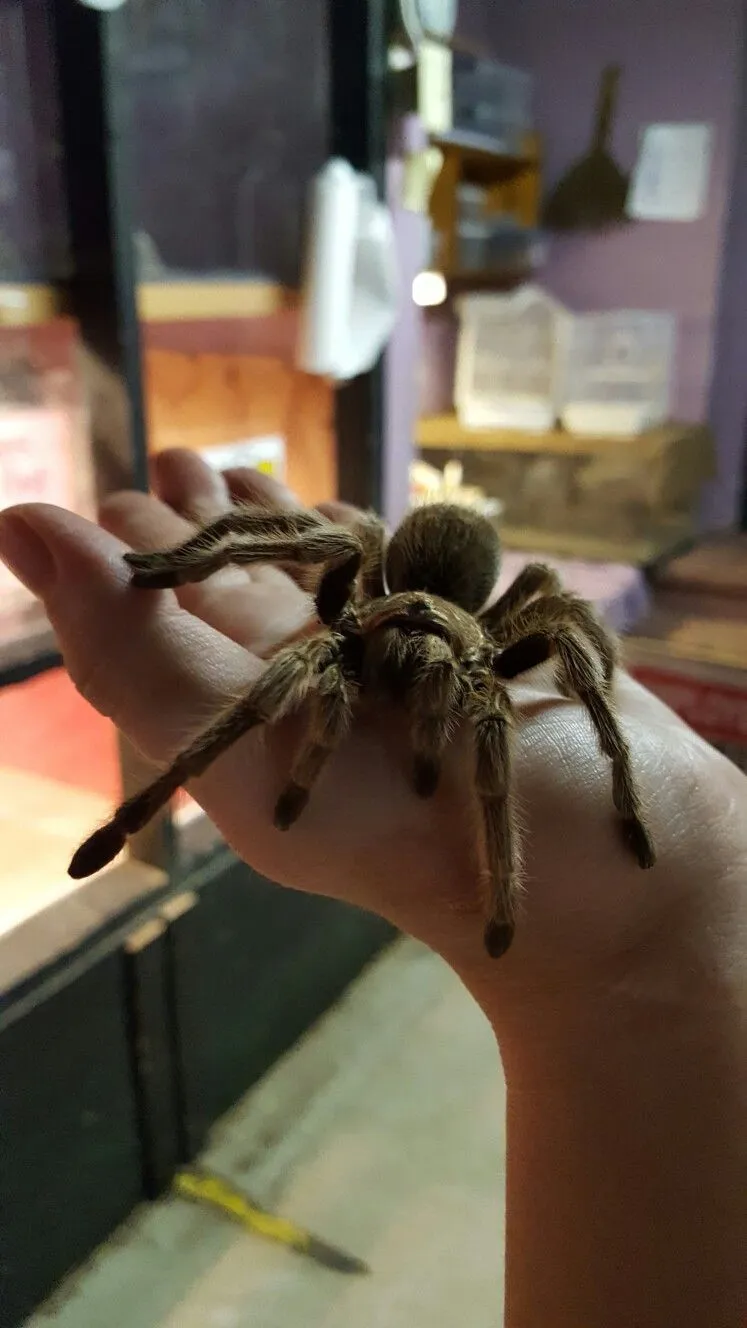
Look for signs of illness, such as lethargy, loss of appetite, unusual behavior, or physical abnormalities. Check the tarantula for parasites, such as mites, which can cause irritation and stress, leading to a loss of appetite. Examine the tarantula’s abdomen for any swelling, discoloration, or injury. Watch for any difficulty moving or molting problems. A healthy tarantula is usually active and alert, with a good appetite. Any significant deviation from this norm warrants further investigation. Early detection can often prevent the problem from worsening.
When to Consult a Vet
If your rose hair tarantula consistently refuses to eat, shows signs of illness, or if you are concerned about its health, consult a veterinarian specializing in exotic animals. Describe the symptoms, the tarantula’s environment, and your care routine to help the vet diagnose the problem accurately. The vet may conduct tests, such as a fecal exam, to check for parasites or other underlying issues. Following the vet’s recommendations is crucial for your tarantula’s recovery. Do not attempt to self-treat your tarantula without veterinary advice. Professional medical attention is essential to ensure that your pet receives the appropriate care and treatment.
Solutions and Prevention
Preventing feeding problems involves maintaining the proper environment, providing appropriate prey, and minimizing stress. Regularly assessing your tarantula’s health and behavior allows you to quickly address any issues that may arise. By following these preventative measures, you can promote your rose hair tarantula’s health and well-being. Proactive care is the key to enjoying a happy and thriving pet.
Optimizing Enclosure
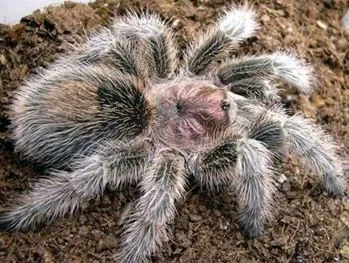
Ensure your tarantula’s enclosure meets all its needs. Maintain the correct temperature and humidity levels. Provide a substrate that allows the tarantula to burrow and hide. Include hiding places, such as cork bark or artificial plants, to make your tarantula feel secure. Ensure adequate ventilation to prevent mold growth. Regularly clean the enclosure to maintain hygiene and prevent diseases. Proper enclosure conditions are essential for the tarantula’s physical and psychological well-being, which directly impacts its appetite.
Feeding Strategies
Offer a variety of prey items to provide a balanced diet. Make sure that the prey size is appropriate for the tarantula’s size. Feed juveniles more frequently than adults, adjusting the feeding schedule as the tarantula grows. Remove any uneaten prey within 24 hours to prevent stress. Observe your tarantula’s behavior and adjust your feeding strategies if needed. If your tarantula is not eating, try different types of prey or reduce the feeding frequency. Make sure that the prey is gut-loaded before feeding it to the tarantula, providing essential nutrients for the spider. Patience and a bit of experimentation are often required to find the perfect feeding routine for your rose hair tarantula.
